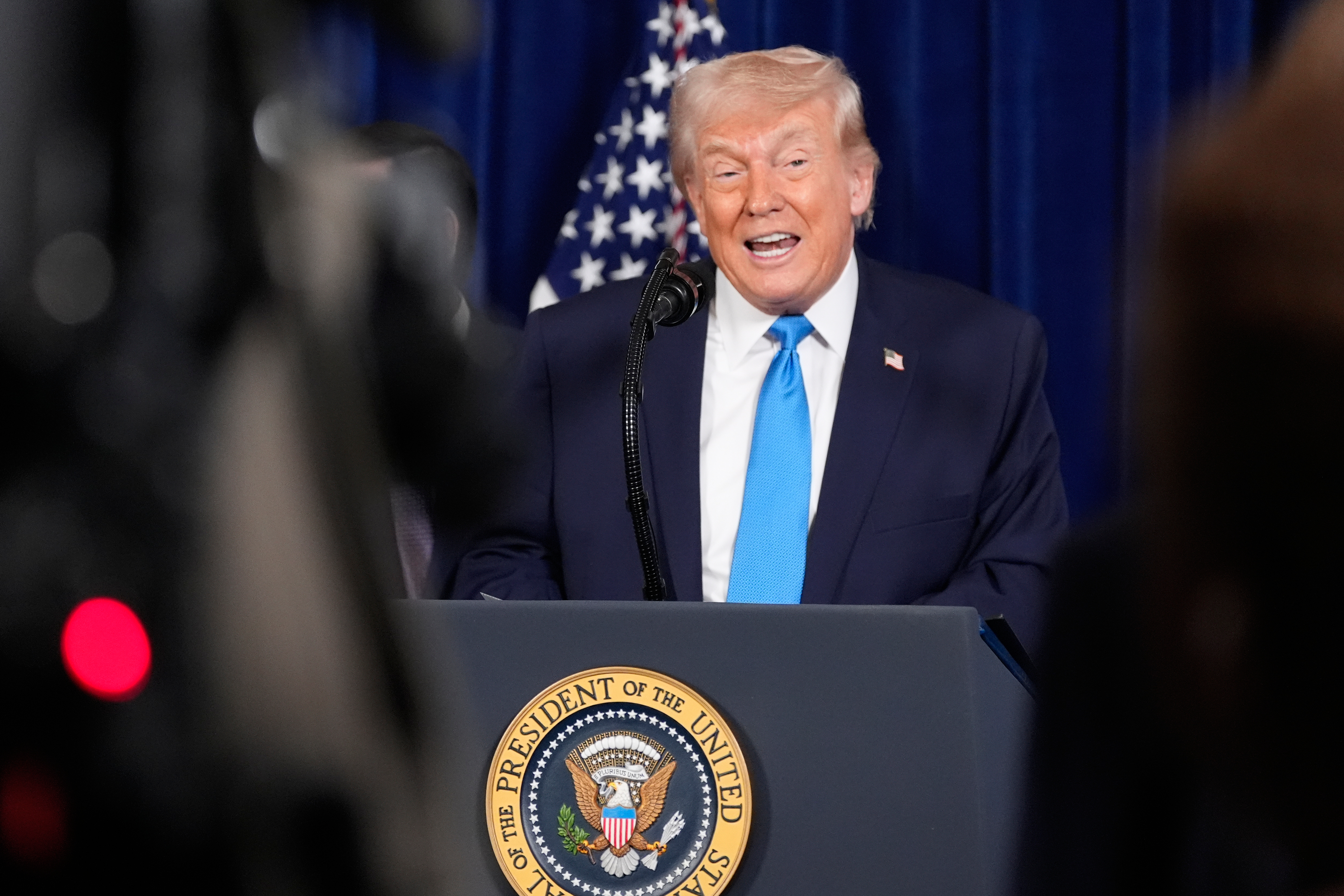The seed of the sprawling federal court system is found in Article III of the Constitution.
It says this: "The judicial Power of the United States, shall be vested in one supreme Court, and in such inferior Courts as the Congress may from time to time ordain and establish."
In other words, it was up to Congress to just fill in the details. The first effort was the Judiciary Act of 1789. It established an early version of the three-tiered system we have today.
The structure was worked and reworked through the years. Circuits — geographic areas — were added, combined, morphed, reorganized. Sometimes for political reasons such as limiting Southern influence during and after the Civil War. Sometimes just for plain old practical reasons to manage an increasing case workload.
Two notable developments: In 1869, Congress set the number of seats on the Supreme Court at nine, which still holds; and in 1912, Congress established the federal court structure we have today. The three main levels: district courts (the trial court); circuit courts, which are the first level of appeals; and the Supreme Court of the United States, the final level of appeal.
There are 94 district courts, 13 circuit courts and, of course, one Supreme Court. All their members have lifetime appointments.
Let's jump into the weeds for a second and work our way up the tier: District courts are the trial courts for civil and criminal cases. Each has at least one district judge, appointed by the president and confirmed by the Senate. There are over 670 district court judges.
Then the circuit courts of appeal: A federal district court's decision can be appealed to a circuit court of appeals. There are 12 federal circuits that divide the country into different regions. Plus the Court of Appeals for the Federal Circuit, which has jurisdiction over national issues —things like trade and patents.
Now the Supreme Court: It has the power to decide appeals on all cases brought in federal court or in state court if they deal with federal law. They choose about 80 cases a year from 7,000-8,000 petitions they get. Members of the Supreme Court are referred to as "justices," not judges.
Interesting detail also: The Constitution does not specify qualifications for justices. They can be any age, have any education, profession or native-born citizenship. A justice doesn't even have to be a lawyer. They don't even have to graduate law school, but historically, all have been trained in the law.
On top of deciding cases, justices also oversee one or more circuits. They can be asked to set bond for a defendant there, stop deportations from the circuit or screen applications for stays of execution.
There's a lot happening. It is a giant federal court system with thousands of cases and hundreds of judges — all resting on one short article in the Constitution.




 Supreme Court Decides Against Getting Involved In Gerrymandering Cases
Supreme Court Decides Against Getting Involved In Gerrymandering Cases






